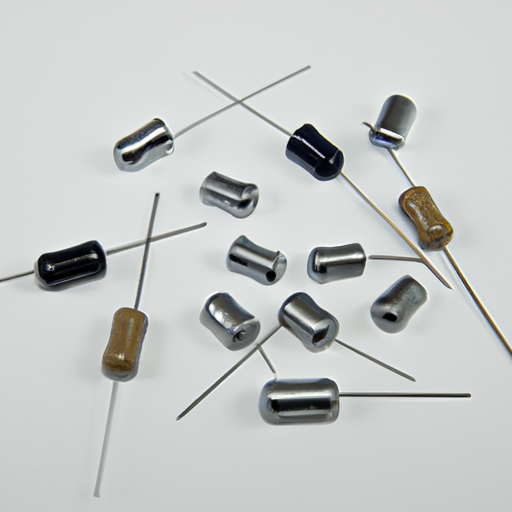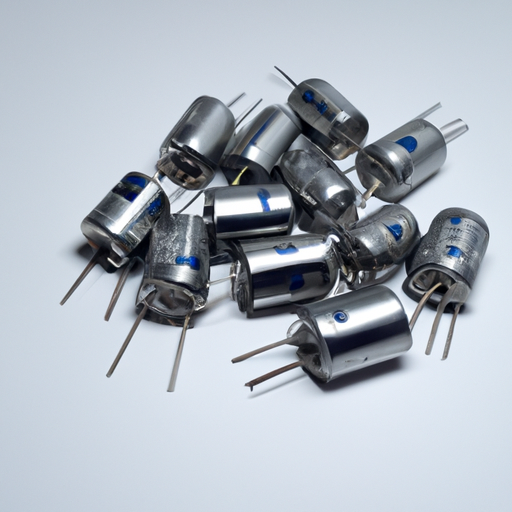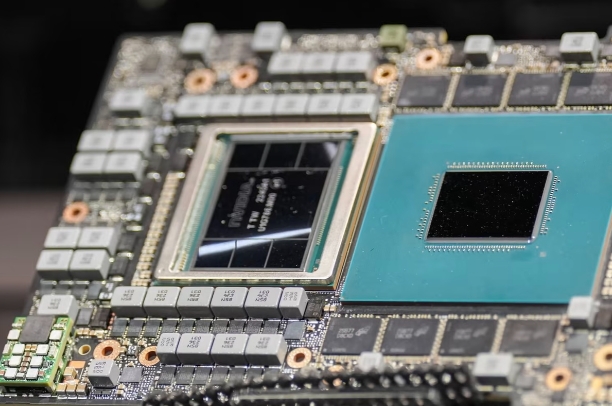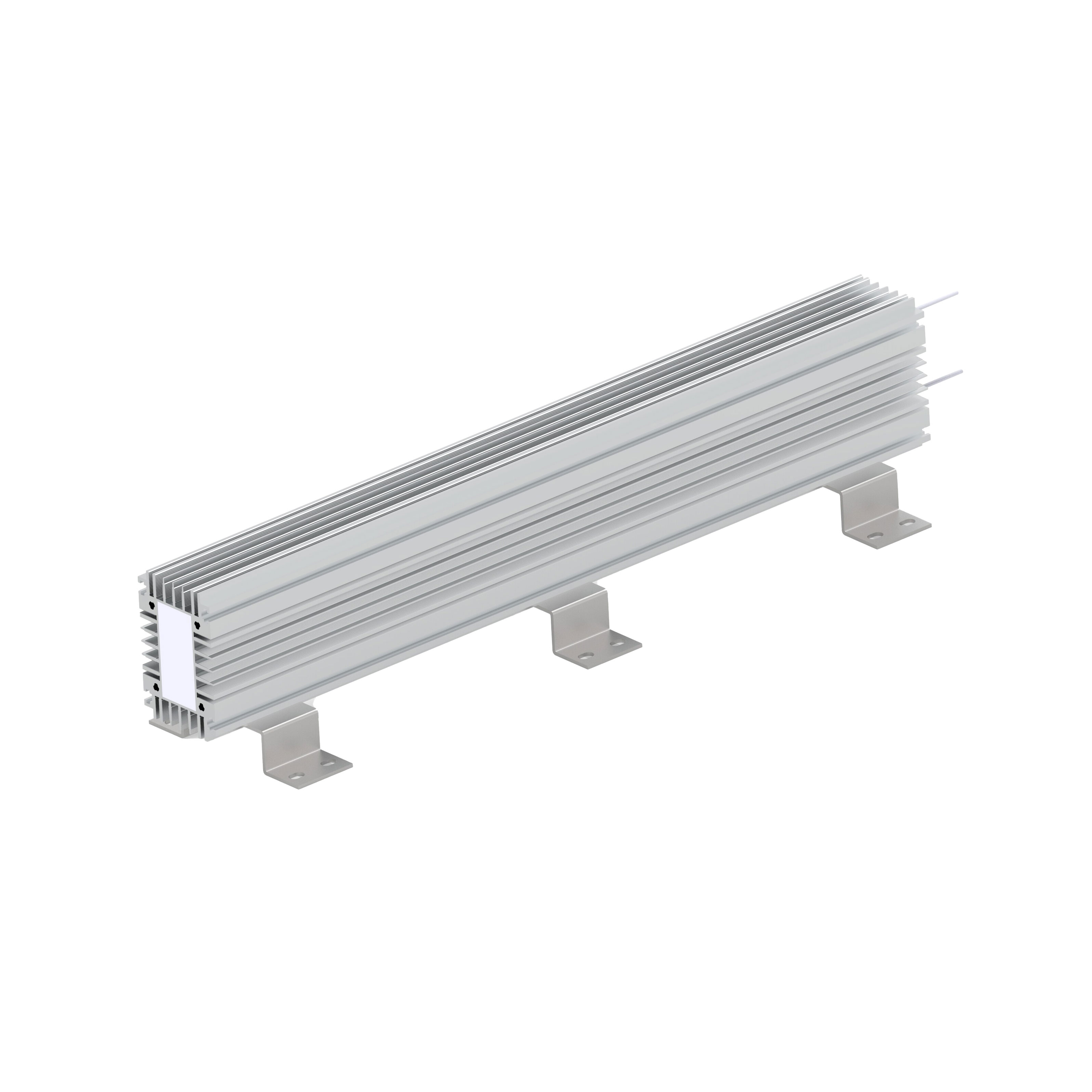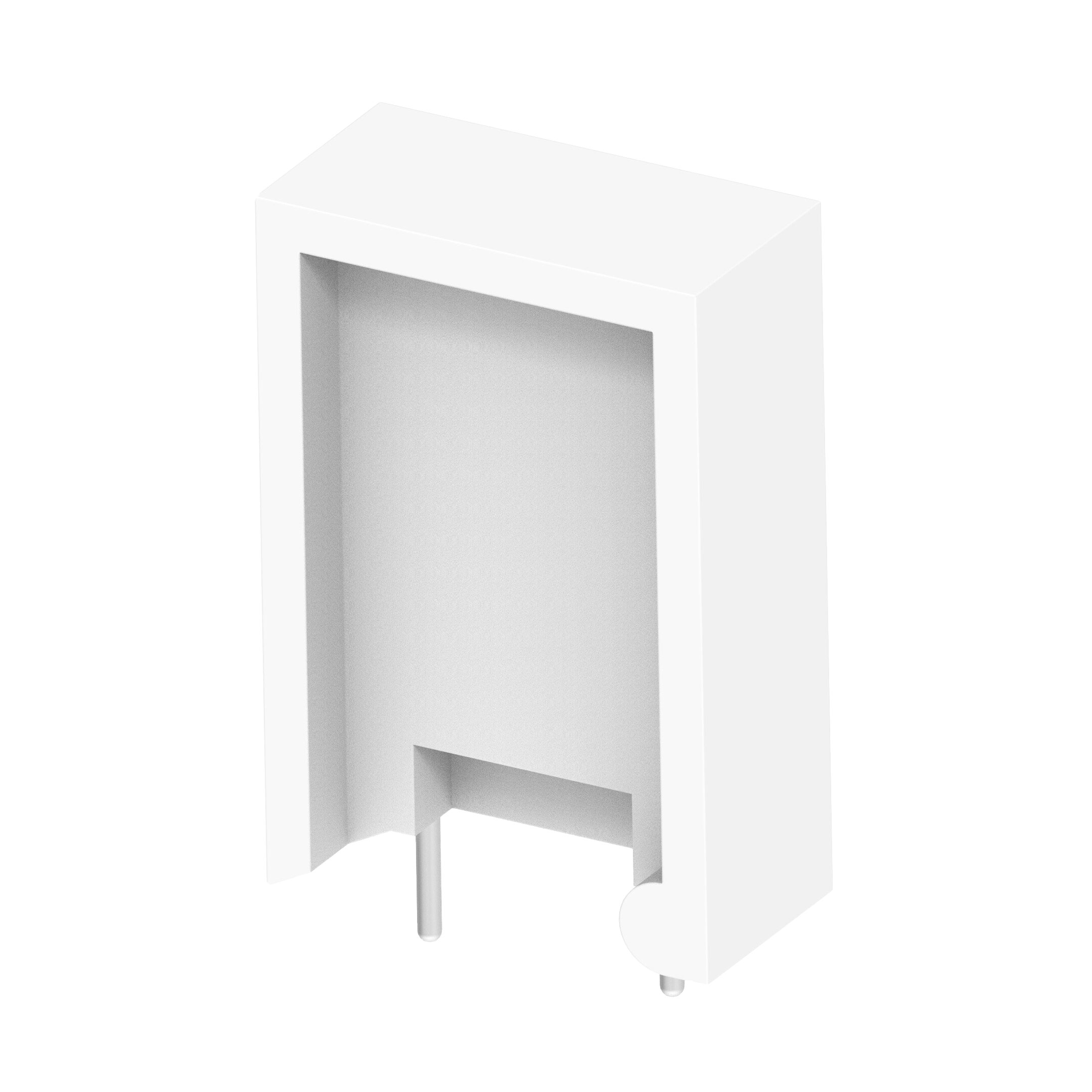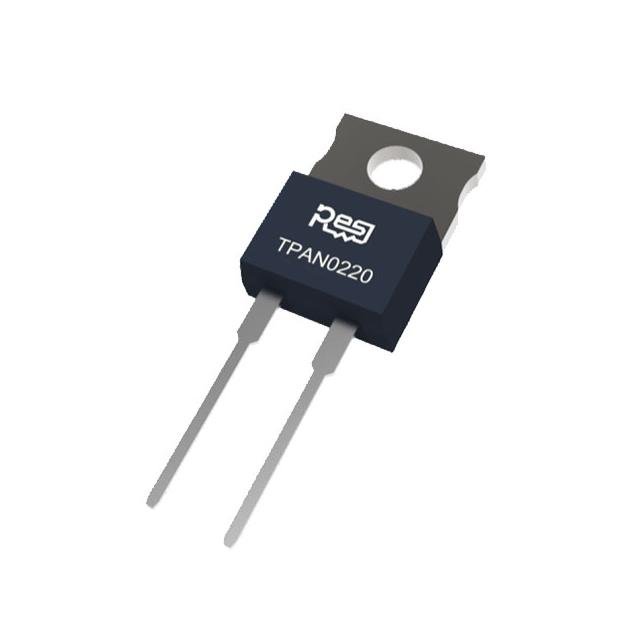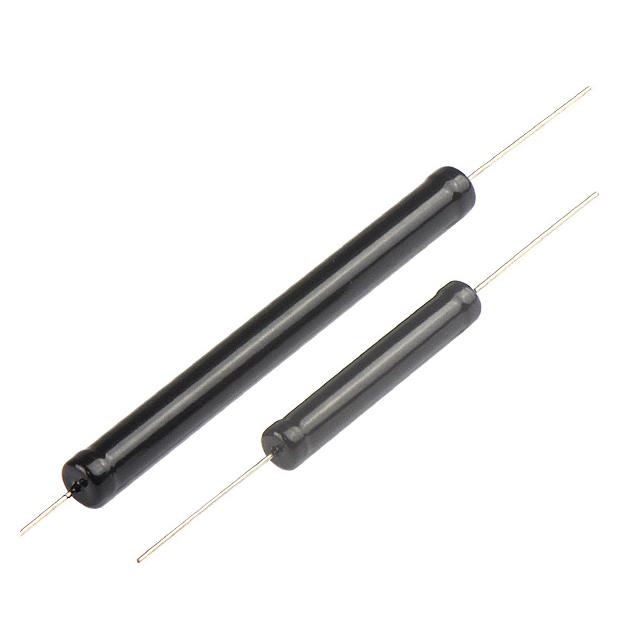What are the Advantages of Ceramic Capacitor Products?
I. Introduction
Capacitors are essential components in electronic circuits, serving various functions such as energy storage, filtering, and signal coupling. Among the different types of capacitors available, ceramic capacitors stand out due to their unique properties and advantages. This blog post will explore the advantages of ceramic capacitor products, highlighting their characteristics, applications, and the reasons they are favored in many electronic designs.
II. Types of Ceramic Capacitors
Ceramic capacitors are primarily categorized into two classes: Class 1 and Class 2, each with distinct characteristics and applications.
A. Class 1 Ceramic Capacitors
Class 1 ceramic capacitors are known for their stability and low losses. They typically use materials like titanium dioxide, which provides excellent temperature stability and low dielectric absorption.
1. **Characteristics**: Class 1 capacitors exhibit a linear capacitance change with temperature and voltage, making them ideal for precision applications. They have a high Q factor, which indicates low energy loss.
2. **Applications**: These capacitors are commonly used in timing circuits, oscillators, and RF applications where stability and accuracy are critical.
B. Class 2 Ceramic Capacitors
Class 2 ceramic capacitors, on the other hand, are designed for higher capacitance values and are made from materials like barium titanate.
1. **Characteristics**: While they offer higher capacitance in a smaller size, Class 2 capacitors have a non-linear capacitance change with temperature and voltage, which can affect performance in sensitive applications.
2. **Applications**: These capacitors are widely used in decoupling, bypassing, and filtering applications in consumer electronics and automotive systems.
III. Key Advantages of Ceramic Capacitors
Ceramic capacitors offer several advantages that make them a popular choice in various electronic applications.
A. High Dielectric Strength
1. **Explanation of Dielectric Strength**: Dielectric strength refers to the maximum electric field a material can withstand without breaking down. Ceramic materials typically have high dielectric strength, allowing them to operate effectively in high-voltage applications.
2. **Benefits in High-Voltage Applications**: This property makes ceramic capacitors suitable for power supply circuits, where they can handle significant voltage levels without risk of failure.
B. Temperature Stability
1. **Overview of Temperature Coefficients**: Ceramic capacitors have different temperature coefficients, which indicate how capacitance changes with temperature. Class 1 capacitors have a stable capacitance across a wide temperature range, while Class 2 capacitors may experience more variation.
2. **Performance in Varying Temperature Conditions**: The temperature stability of ceramic capacitors ensures reliable performance in environments with fluctuating temperatures, making them ideal for automotive and industrial applications.
C. Small Size and Lightweight
1. **Comparison with Other Capacitor Types**: Ceramic capacitors are generally smaller and lighter than electrolytic or film capacitors, which can be bulky.
2. **Impact on Circuit Design and Miniaturization**: Their compact size allows for more efficient circuit designs, enabling the miniaturization of electronic devices, which is particularly important in consumer electronics like smartphones and tablets.
D. Low Equivalent Series Resistance (ESR)
1. **Definition of ESR**: Equivalent Series Resistance (ESR) is a measure of the resistive losses in a capacitor. Low ESR is desirable for efficient energy storage and delivery.
2. **Implications for High-Frequency Applications**: Ceramic capacitors typically exhibit low ESR, making them suitable for high-frequency applications such as RF circuits and switching power supplies, where energy loss must be minimized.
E. Wide Range of Capacitance Values
1. **Availability of Different Capacitance Ratings**: Ceramic capacitors are available in a broad range of capacitance values, from picofarads to microfarads, catering to various application needs.
2. **Versatility in Various Applications**: This versatility allows designers to select the appropriate capacitance for specific functions, whether for filtering, decoupling, or timing applications.
F. Reliability and Longevity
1. **Resistance to Environmental Factors**: Ceramic capacitors are resistant to moisture, temperature extremes, and mechanical stress, making them suitable for harsh environments.
2. **Lifespan Compared to Other Capacitor Types**: They generally have a longer lifespan than electrolytic capacitors, which can degrade over time due to electrolyte evaporation. This reliability is crucial in applications where maintenance is challenging.
IV. Applications of Ceramic Capacitors
Ceramic capacitors are utilized across various industries due to their advantageous properties.
A. Consumer Electronics
1. **Use in Smartphones, Tablets, and Laptops**: Ceramic capacitors are prevalent in consumer electronics, where they are used for decoupling, filtering, and timing applications, contributing to the overall performance and reliability of devices.
B. Automotive Industry
1. **Role in Electric Vehicles and Advanced Driver-Assistance Systems (ADAS)**: In the automotive sector, ceramic capacitors are essential for power management, signal processing, and noise filtering, particularly in electric vehicles and ADAS, where precision and reliability are paramount.
C. Industrial Equipment
1. **Applications in Automation and Control Systems**: Ceramic capacitors are used in industrial automation systems for filtering and decoupling, ensuring stable operation in demanding environments.
D. Telecommunications
1. **Importance in Signal Processing and Transmission**: In telecommunications, ceramic capacitors play a critical role in signal processing, where their low ESR and high-frequency performance enhance signal integrity and transmission quality.
V. Challenges and Limitations
Despite their many advantages, ceramic capacitors also face certain challenges and limitations.
A. Voltage Coefficient
1. **Explanation of Voltage Dependency**: The capacitance of ceramic capacitors, particularly Class 2 types, can decrease significantly under high voltage conditions, known as the voltage coefficient effect.
2. **Impact on Performance**: This characteristic can limit their use in applications where stable capacitance is required under varying voltage conditions.
B. Microphonics
1. **Definition and Causes**: Microphonics refers to the phenomenon where mechanical vibrations can induce electrical signals in capacitors, leading to noise in sensitive applications.
2. **Solutions and Mitigations**: Designers can mitigate microphonics by selecting capacitors with appropriate construction and mounting techniques to minimize vibration transmission.
C. Cost Considerations
1. **Comparison with Other Capacitor Types**: While ceramic capacitors are generally cost-effective, high-capacitance and high-voltage variants can be more expensive than their electrolytic counterparts.
2. **Factors Influencing Pricing**: The cost of raw materials, manufacturing processes, and market demand can influence the pricing of ceramic capacitors, making it essential for designers to consider budget constraints.
VI. Conclusion
In summary, ceramic capacitors offer numerous advantages, including high dielectric strength, temperature stability, compact size, low ESR, a wide range of capacitance values, and reliability. These properties make them suitable for various applications, from consumer electronics to automotive and industrial systems.
As technology continues to evolve, the demand for smaller, more efficient components will likely drive advancements in ceramic capacitor technology. Designers must carefully consider the specific requirements of their applications when selecting capacitors, ensuring optimal performance and reliability.
VII. References
For further exploration of ceramic capacitors and their applications, consider the following resources:
1. "Capacitor Technology and Applications" - A comprehensive guide on various capacitor types and their uses.
2. "Understanding Ceramic Capacitors" - An in-depth look at the characteristics and performance of ceramic capacitors.
3. Manufacturer datasheets and application notes for specific ceramic capacitor products.
By understanding the advantages and limitations of ceramic capacitors, engineers and designers can make informed decisions that enhance the performance and reliability of their electronic designs.















